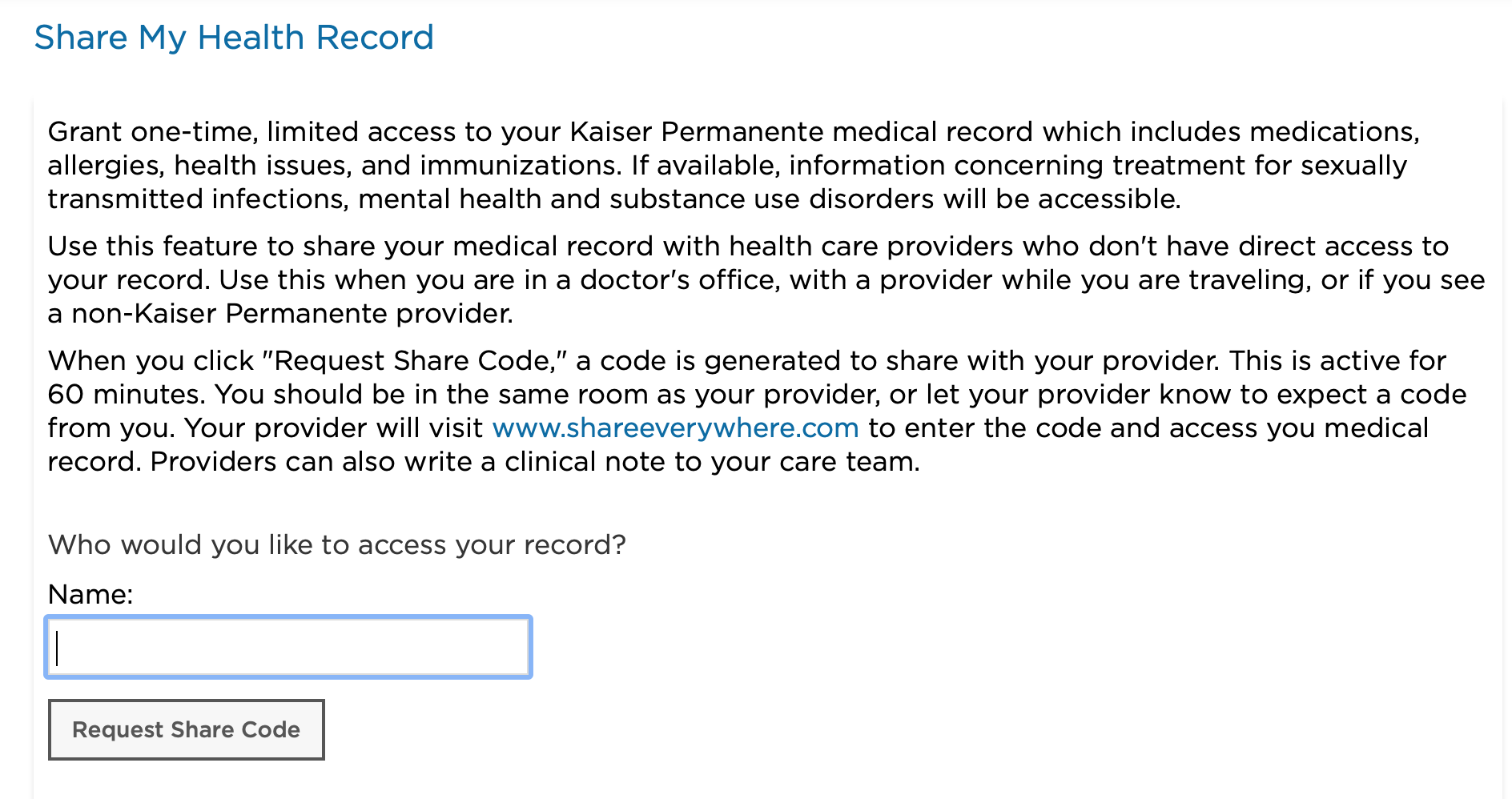Given that I am not shy about calling out people and firms for taking positions that I feel are counter to advancing healthcare interoperability, it’s only fair that I acknowledge it when they get it right. In fact, I embrace such opportunities, so I am delighted to share this story.
As the designated caregiver for my elderly dad, I am the one who gets the phone call when he occasionally ends up in the emergency room (ER). One of those calls happened a few weeks ago.

My dad’s doctors are at Kaiser, but the nearest hospital is not a Kaiser facility. When I spoke to the ER doctor, I tried to recite the cocktail of medications my dad takes each day. As a normal human, I didn’t remember all of them, but more importantly, I certainly couldn’t recite my dad’s medical history, which includes scary events like mini-strokes and heart attack scares.
After that call, I logged into my dad’s Kaiser healthcare portal account. Patient portals are a common feature of EHR systems these days–in this case, a result of Kaiser’s recent Epic implementation.
Hoping that I could figure out some way to get that ER doctor into the Epic kingdom to see my dad’s medical history, I was delighted to discover a feature they have called “Share Everywhere.” (Ironically, it took me way longer, while writing this post, to go back and find that using Epic’s Search function. In fact, that didn’t work at all).
- I finally rediscovered how to share medical records in the Kaiser/Epic menu. (But really, Epic (and Kaiser, who probably shares responsibility for this configuration) search should have worked.
Once there, I was able to fill in the name of the ER physician to get a “Share Code” …

… and he was able to see my dad’s records in Epic via the Share Everywhere site:

The ER physician was pleasantly surprised that Epic has this feature.
He mentioned that when he used Epic during his residency (which I assume was relatively recently), they didn’t have this option.
This landing page makes me assume that only some of the patient’s clinical history is being made available.
However, the ER physician did not complain about a lack of information for his purposes.
Search failure as an example of EHR UX torture aside (clinicians, you know what I mean, eh?) this feature did the job, saving time and increasing the quality of my dad’s clinical outcome in the ER, a pretty expensive (and traumatic) care setting.
Key Takeaways
- Thank you, Epic team, for your leadership on this. This feature directly advances interoperability when it matters the most.
- Other health IT vendors take note: You can’t call it “Share Everywhere,” but you need to make this feature available to your users and their patients.
- All Health IT vendors: Please make Search work. This is a solved problem; make it a ubiquitous–and actually functional–feature throughout your UX.
